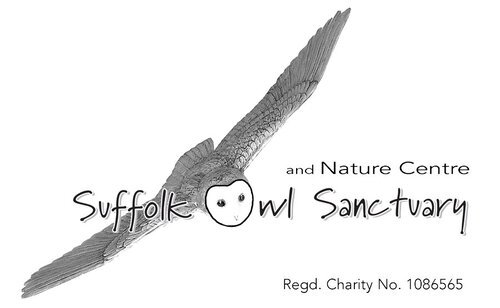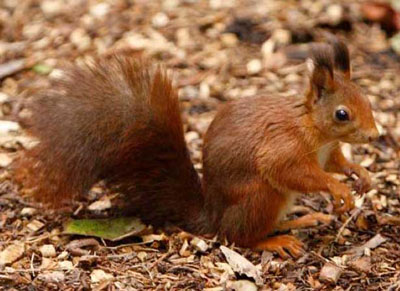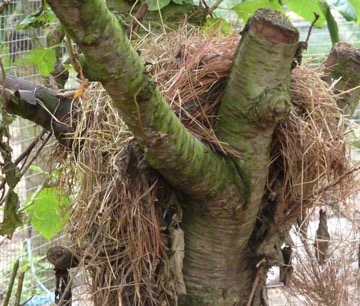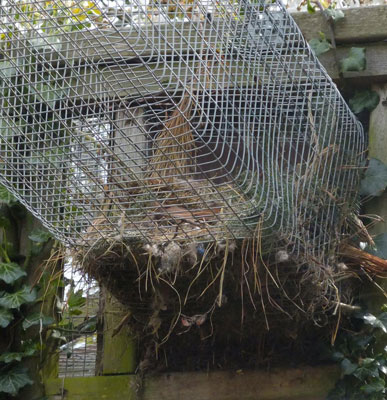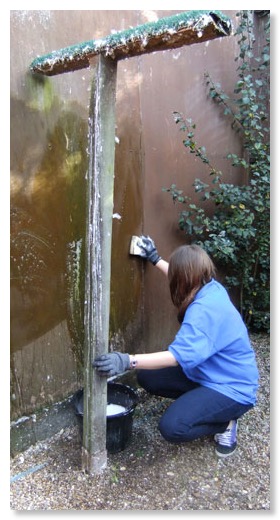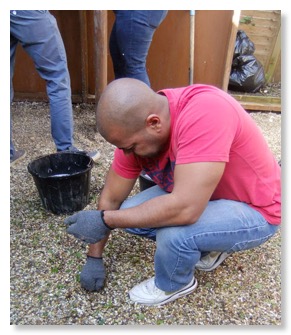The Suffolk Owl Sanctuary’s designated raptor hospital is busy at every season of the year, particularly during the Spring, when young, inexperienced owls and other birds of prey are finding their feet and testing their flying skills.
During the autumn and winter months casualties usually present with injuries sustained from road traffic accidents or as victims of the colder weather which equates with depleted food supplies and loss of condition.
Earlier this month, a rather unusual case was brought to the hospital facilities by members of the public who had rescued the bird - a Little Owl - from their (dormant!!) wood burning stove. The couple had been aware of a scratching presence for a day or two and had presumed this was the sound of a bird making a nest on top of their chimney. Louder, more persistent disturbance alerted them to the fact that the mystery presence had travelled down the chimney, coming to rest within the back of the stove!
By now exhausted, the Little Owl was easily extracted from the stove, popped into a covered box in order to alleviate stress as much as possible and then transported to us. “Sooty” arrived at the hospital looking slightly thin, VERY black, but (amazingly) otherwise unharmed.
A bewildered Sooty arrives at the
Suffolk Owl Sanctuary hospital facilities!
His first port of call was the hospital bath! Soot and water form a sticky substance which is not easy to extricate from plumage, but with gentle teasing, the dedicated hospital staff were able to coax a little of the glutinous substance out of Sooty’s feathers.
Bath time begins
It quickly became apparent that there was no quick fix for the problem and that the washing process would have to be repeated several times in order for Sooty to regain his natural colouring. After five gentle, painstaking bathing sessions, a Little Owl emerged from the blackness and Sooty was thence on the road to recovery and rehabilitation.
… but "I hope that’s the LAST bath I’ll need!"
Starting to feel better already!
Having been “out of action" for a week or two whilst being cleaned, Sooty then spent a couple of weeks in our rehabilitation aviaries in order to build up body condition and strengthen his flight muscles. On 4th. December his rescuers will return to the sanctuary to collect him for release back into his familiar habitat.
I AM a Little Owl!!
Since the recent downturn in temperatures, this may be a pertinent time to suggest extra vigilance (and chimney sweeping) before striking up the stove again!
